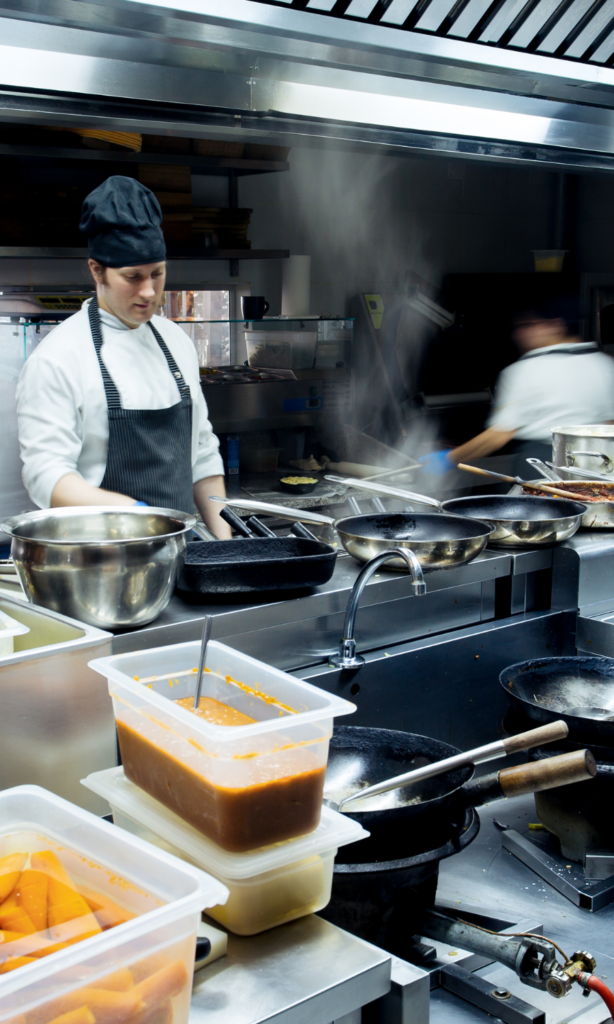Not many people have experienced the true nature of the back of house. It can be fast-paced, frantic and at times can be full of coarse banter between work mates. While in many ways it has been this way for a long time, if you look beyond the blur of chef whites as they race around the kitchen, you’ll notice that much has changed over the last decade when it comes to the back of house.
From the people and their attitudes towards cooking, to the technology involved with running a service, we break down some of the major changes that we have seen happen with the back of house over the last decade.
1) Gender Balance
According to Job Outlook, only 25% of chefs across Australia are female. However, there’s reason to believe that this percentage will increase over time to create a more gender-balanced industry. For example, in 2017 it was reported that the William Angliss Institute (one of Melbourne’s major hospitality training schools) had had an uptick in female enrolment, with 54% of students being female up from 39% in 2006.
We’re seeing more situations where leadership teams are predominantly female, and more female led companies such as Sparkke. It’s not only about getting females into foodservice, but also about creating a pathway for women to lead within the industry.
2) Attitude & Culture
Kitchen culture, and its depiction within tv shows in particular, has sometimes been scrutinized for “glamourising bullying” and promoting a toxic attitude within the workplace (Vice). Hospitality workers’ rights advocate Jules Gibson explains “When I was starting out, the type of chef that was rewarded was: you don’t complain, you don’t talk about your vulnerabilities, you just work hard.”
Although there’s evidence to suggest that these issues still persist present day, Gibson explains that she believes the culture is changing slowly, as older generations retire and younger chefs become less afraid to voice their opinions (The Sydney Morning Herald).
3) Technological Advancements
It’s hard to imagine an industry that hasn’t changed due to technological improvements. Even so, it’s important to acknowledge the impact that technology has had on the hospitality industry and its role moving forward.
Thanks to innovations in restaurant and catering technology, kitchen equipment can help in numerous ways by improving food safety, automating repetitive tasks, and lowering labour costs.
4) Food Delivery
The food delivery industry had to adapt in a big way during 2020, as many venues turned to delivery to keep their businesses operational throughout lockdowns. This has affected the inner-workings of the commercial kitchen in a number of ways. Firstly, the way chefs are designing their menus is changing, with more of an emphasis being placed on food that is quick to prepare and travels well.
Perhaps the most extreme result to come from the rise of delivery is the development of dark kitchens. Which are kitchens operating without a front of house and move their food exclusively through delivery.
5) Products & Packaging
As wholesale and distribution has evolved over the past decade, chefs now have more products to choose from to use in their cooking. Fresh ideas around packaging have also changed the way chefs work and how the back of house functions. For example, Riviana Pouch Packs reduce prep times by avoiding the need for commercial can openers. They also save space in the bin (which could save you money!).
How much have you seen change as a chef over the past 10 years? Join the conversation here.
